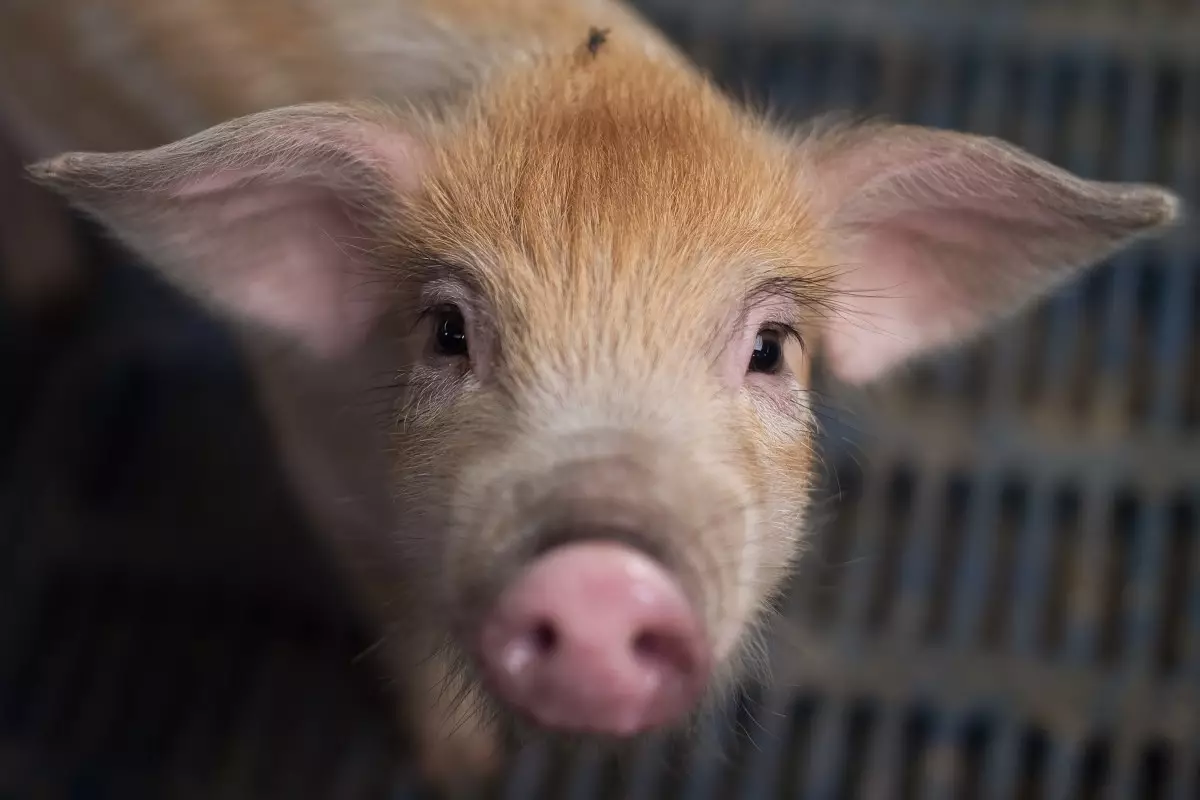The integration of artificial intelligence (AI) into understanding animal emotions and pain representation marks a revolutionary step in the field of animal welfare and veterinary medicine. With traditional methods often relying on human observers and subjective interpretations, AI offers a fresh perspective by analyzing data patterns that might escape the human eye. Researchers are pushing the boundaries of technology to create systems that assist farmers and veterinarians in recognizing when animals might be suffering or experiencing emotional distress.
A notable development in this area is the Intellipig project spearheaded by a collaboration between the University of the West of England Bristol and Scotland’s Rural College. This pioneering system takes a digital approach to animal husbandry by utilizing facial recognition technology tailored specifically for pigs. By evaluating photos of pigs’ faces, Intellipig can alert farmers to signs indicating pain or emotional unrest. Such systems could revolutionize farming practices, enabling a more humane treatment of livestock and ensuring that their psychological and physical needs are met. This innovation not only benefits the animals themselves but also contributes to better economic outcomes as healthier animals are likely to be more productive.
In an intriguing parallel, researchers from the University of Haifa are refining AI capabilities to interpret canine expressions. Their existing facial recognition software, which successfully reunites lost pets with their owners, is being adapted to recognize signs of discomfort in dogs. This endeavor highlights the shared emotional expressions between species, as dogs exhibit approximately 38% of their facial movements similarly to humans. By training AI to discriminate between various facial gestures and nuances, the prospect emerges of creating a tool that can help dog owners and animal caregivers promptly identify discomfort and improve dogs’ quality of life.
Learning from Experience: The Case of Horses
Fascinating advancements extend to equine health as well. A researcher from the University of São Paulo tested AI models on a dataset of horse images taken pre- and post-surgery as well as before and after the administration of pain relief medications. This innovative approach allowed the AI to focus on key facial features such as the eyes, ears, and mouths of the horses. With an impressive 88% accuracy rate in identifying pain indicators, this method showcases the potential for AI to learn autonomously and contribute valuable insights to animal care without relying solely on human-led analyses.
As technology continues to evolve, the application of AI in understanding animal emotions promises to bring about meaningful changes in both veterinary practices and animal husbandry. By employing systems like Intellipig, and advancements in pain recognition for dogs and horses, we can foster a deeper connection with our non-human companions. While we stand at the precipice of this new era, ongoing research and implementation of these technologies will be crucial in ensuring a more compassionate and informed approach to animal welfare. The intersection of technology and empathy may well set the foundation for a more understanding relationship between humans and animals.

